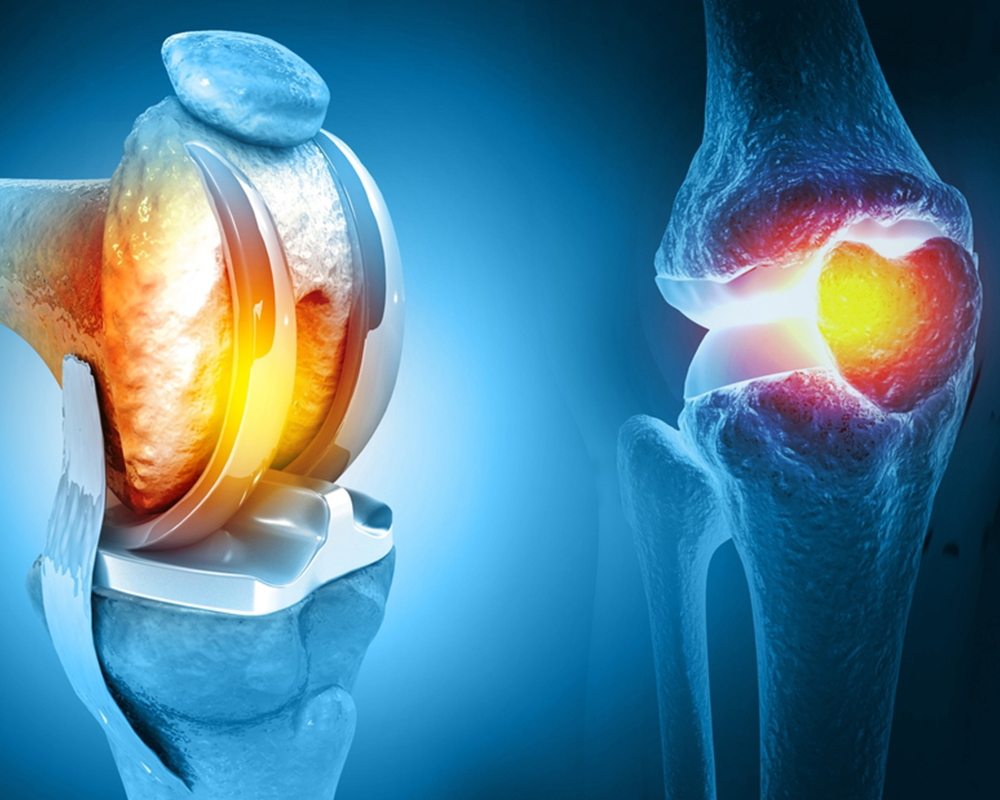
A surgical procedure in which a damaged joint is replaced with an artificial prosthesis to restore function and reduce pain. It is commonly performed for joints that are affected by conditions such as osteoarthritis, rheumatoid arthritis or injury, particularly in the hip, knee and shoulder.
In joint replacement, the damaged joint is removed and replaced with a prosthetic made of metal, plastic or ceramic to restore natural movement. It's recommended when other treatments no longer relieve pain or improve mobility, aiming to reduce pain, improve joint function & enable a more active lifestyle.
The treatment process for Joint Replacement Surgery includes:
Pre-Surgery Assessment
Anesthesia
Surgical Procedure
Post-Operative Care
Rehabilitation and Physical Therapy
Follow-Up Care
Common types of joint replacement surgeries are:
Hip Replacement (Hip Arthroplasty)
Knee Replacement (Knee Arthroplasty)
Shoulder Replacement (Shoulder Arthroplasty)
Ankle Replacement (Ankle Arthroplasty)
Is joint replacement surgery painful?
Some pain is expected after the surgery, but it is managed with medication. Over time, the pain decreases as the joint heals and the patient experiences less discomfort than before the surgery.
Can I return to normal activities after joint replacement?
After the recovery, most patients can resume their regular activities like walking, swimming and cycling, but some of the high-impact activities such as running or jumping should be avoided.
What are the risks associated with joint replacement surgery?
Some risks may include infection, blood clots, prosthesis failure, nerve damage or joint stiffness. However these complications are rare and the benefits of the surgery often outweigh the risks.